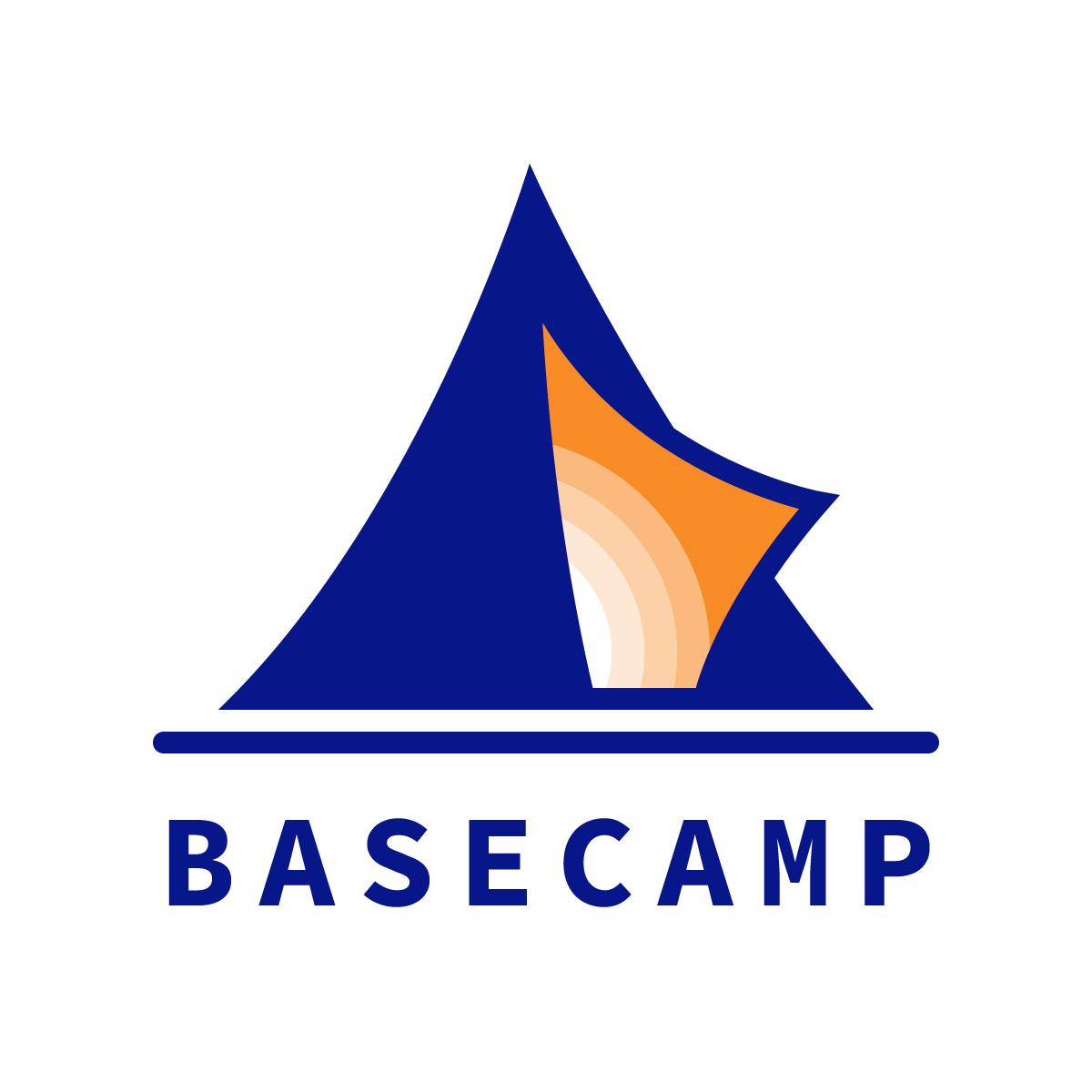Innovate from the Edge of the Ecosystem
COVID-19 didn’t cause the massive disruption schools are facing. It is merely accelerating things. Because the seeds of disruption were planted long ago, the imperative to innovate is greater than ever.
Countless case studies of organizational change prove the wisdom of “innovating from the edge.” But what exactly does that mean? Ecology science can shed some light here: the “edge effect” refers to the explosion in biodiversity that occurs where ecosystems overlap.
Individual ecosystems tend to evolve toward equilibrium. Think “circle of life.” Even instability is temporary—consider the way in which schools regress to the proverbial mean when new technologies pop up. Anyone who witnessed the introduction of SmartBoards twenty years ago will remember how that “innovation” was quickly co-opted by the apex species of that ecosystem! [1]
But where two or more ecosystems overlap, biodiversity explodes and a more dynamic form of equilibrium emerges. If ecosystems are a good metaphor for structural preconditions, then biodiversity is a good metaphor for innovation.
Let’s say you want to evolve into a deeply student-centered learning community. How do you innovate in that direction without negatively disrupting the incumbent model that families signed up for and that teachers are trained for?
You can start by considering where the edges of your organization meet the edges of other ecosystems.
For example, we have deliberately positioned Expeditions at that intersection of several ecosystems:
High schools (they send students to participate and teachers for professional development)
A university partner (they provide college credit)
Learning coaches (we are experienced educators who are also nonprofit executives)
CEO panels (they are senior executives at for-profit, nonprofit, and public service organizations)
The general public (anyone can sign up to attend the CEO panels on Zoom)
For our high school partners, deeply student-centered programming might be too expensive, might take too long to build in-house, or might require political and social capital that is impossible to muster. [2] As Expeditionaries students and teachers bring back the “biodiversity” of their experiences, which arise at the intersections of all those ecosystems, schools can move those innovations from the edge to the center.
Whether it’s through Expeditions or some other “innovation from the edge,” now is the time to experiment with things that will eventually lead you to new business models and a sustainable future.
***
[1] I don’t think it’s a coincidence that the SAMR model begins with “substitution” and “augmentation,” the dominant uses of educational technology in schools. It’s much less common to see widespread “modification” to say nothing of “reimagination.”
[2] This is especially the case during COVID-19, when teachers are (rightfully) preoccupied first and foremost with the social-emotional wellbeing of their students, then with stabilizing the learning experience. Those two priorities alone are exhausting, and then we have to layer on the persistent anxiety of contracting CV19, the welfare of family, and more. Creating innovative learning experiences for long-term change is not at the top of teachers’ concerns.
***
Thank you for reading this post from Basecamp's blog, Ed:Future. Do you know someone who would find the Ed:Future blog worthwhile reading? Please let them know that they can subscribe here.




